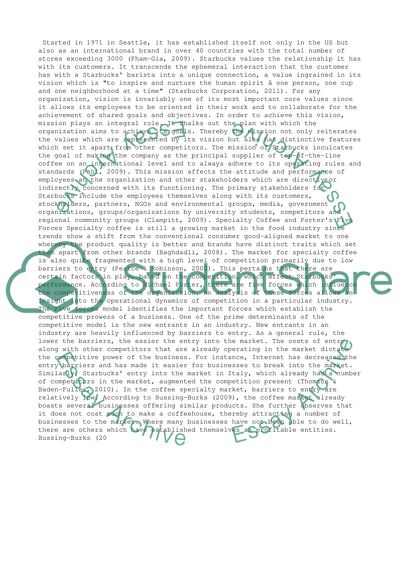Cite this document
(“Starbucks Admission/Application Essay Example | Topics and Well Written Essays - 2000 words”, n.d.)
Retrieved from https://studentshare.org/business/1398949-starbucks
Retrieved from https://studentshare.org/business/1398949-starbucks
(Starbucks Admission/Application Essay Example | Topics and Well Written Essays - 2000 Words)
https://studentshare.org/business/1398949-starbucks.
https://studentshare.org/business/1398949-starbucks.
“Starbucks Admission/Application Essay Example | Topics and Well Written Essays - 2000 Words”, n.d. https://studentshare.org/business/1398949-starbucks.


